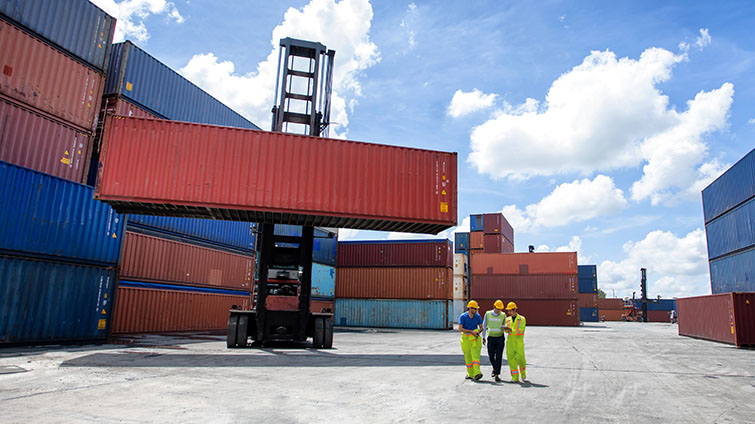Bonded warehouse or foreign trade zone?

Bonded versus foreign trade zone warehousing
In response to U.S. tariffs on imports, many shippers are seeking to mitigate costs or improve cash flow by using bonded or foreign trade zone (FTZ) warehousing. Bonded warehouses are primarily for storing imported merchandise in order to defer tariffs, while foreign trade zones can be used for various activities including storage, testing, processing, and manufacturing. Class 3 bonded and FTZ space is competitive at present, but options exist.
Understanding which option is best depends on your specific needs. Everything from freight type and dimension, along with estimated storage windows, and the amount of interaction needed to clear and ship cargo must be explored in depth. Contact your C.H. Robinson account team if you have questions about free trade zones or bonded warehousing.
For a detailed comparison of warehousing options, read the latest C.H. Robinson blog.
New York and New Jersey congestion
The NY/NJ market is experiencing extreme congestion, with CSX rail reporting dwell times of 15–18 days due to congestion and railcar shortages. Empty containers at APM/Maher terminals are contributing to the congestion, and the railroad has turned off the reservation system for new reservations until more freight can be outgated from the terminal.